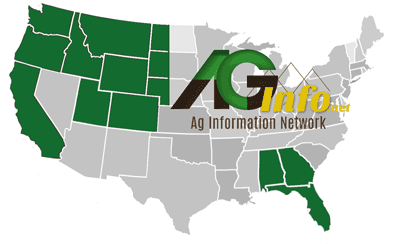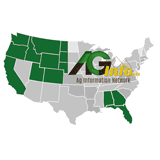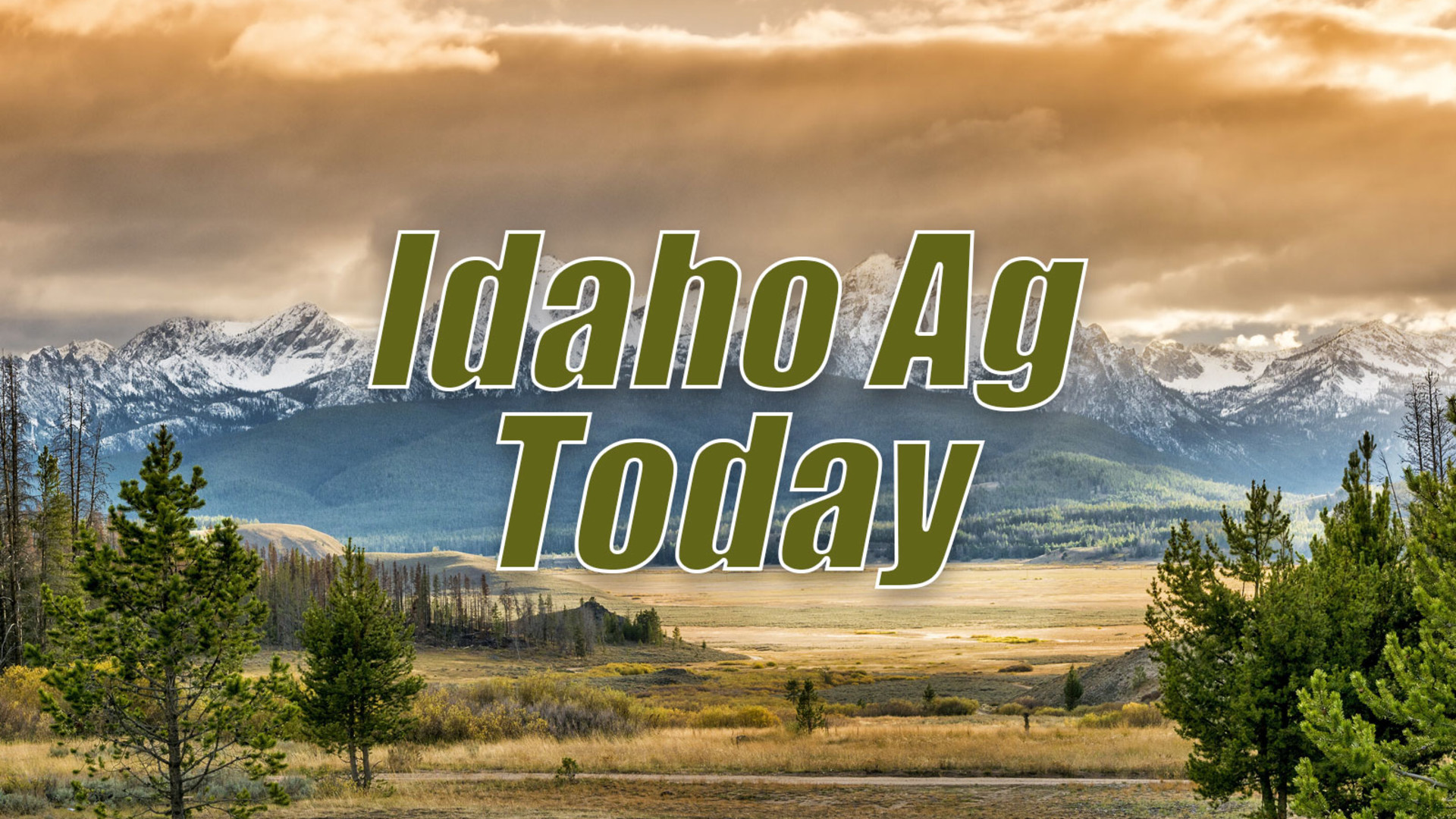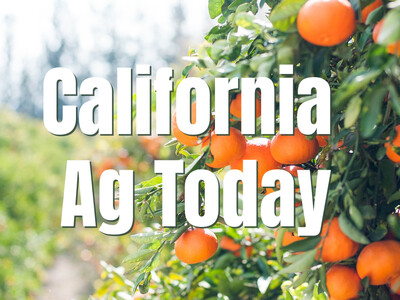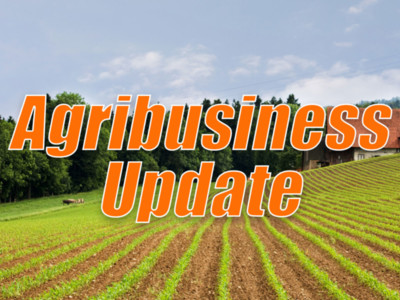12-9 FB Strip Tillage
Strip tillage is a relatively new soil conservation system useful for today’s farmers. In Idaho it’s often used as part of a no-till system to increase sugar beet yields. No-till production continues to increase, but corn grown with no-till and other conservation tillage systems peaked about 1995 and is declining. The main problem is cold, wet soil at planting which delays planting and decreases yield.
So what exactly is strip tillage? It’s a system combining the benefits of no-till and full-width tillage. Strip tillage is usually performed in the fall following sugar beets or wheat to prepare the ground for other planting. Tillage is confined to narrow strips where seeds will be planted. The loosened soil in the strip creates a ridge 3 to 4 inches high, which improves soil drainage and warming. By spring, it usually settles down to 1 to 2 inches high, and after planting the field is flat.
Northside Welding, a small welding company in Paul has had success designing hydraulic equipment. One of their first products was the Water Saver, a reservoir cultivator that reduces irrigation induced erosion in sprinkler irrigated fields. Here’s owner Todd Wheeler describing his invention: “It’s a hydraulic reset shank that runs in a furrow that loosens up the dirt and creates a dyke.”
